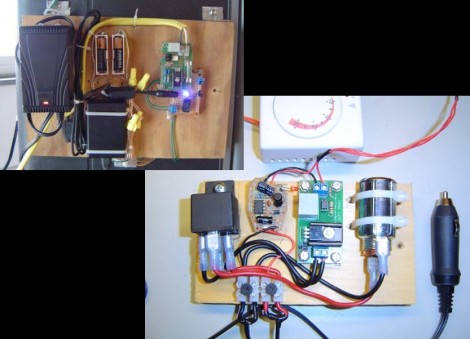
It’s not a proper humidor in the technical sense (there isn’t any specific way to moderate the humidity) but [Dzzie] came up with a couple of ways to keep his cigars cool in the summer heat.
Both versions use a Coleman electric cooler as the enclosure. This hardware uses a Peltier device to keep it cool inside. The first attempt at use a thermostat with this worked by adding an external relay to switch mains power. A thermostat dial hangs out inside the cooler to give feedback to the relay board. This worked, but it’s a really roundabout approach since the cooler operates on 12V, and this method uses a mains-to-12V adapter. If [Dzzie] decides to hit the road the relay won’t work when the cooler is powered from a 12V cigarette lighter in the car.
The second rendition fixes that issue. He moved to a 12V relay, and used a car cellphone charger to supply the 5V of regulated power his control circuitry needs to operate.

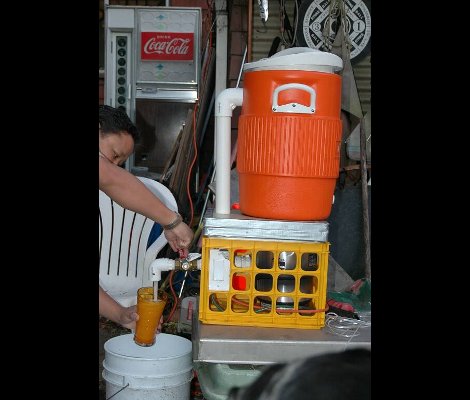
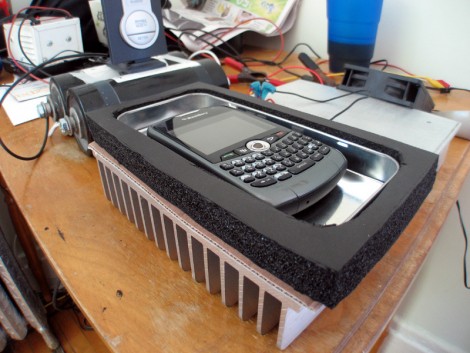
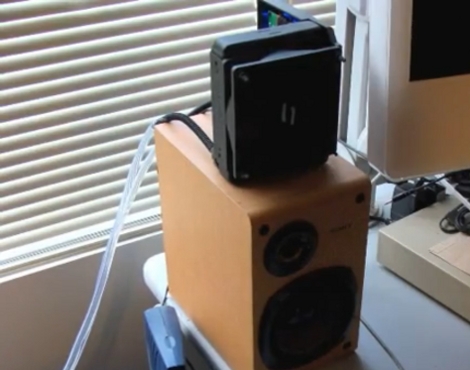
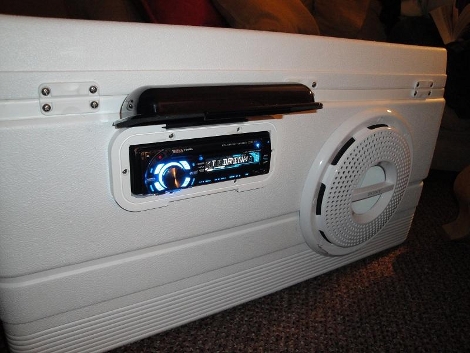

 [Max Weisel] recently created a
[Max Weisel] recently created a 








